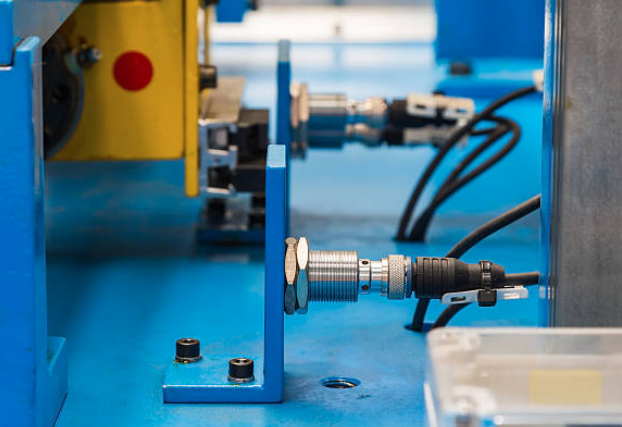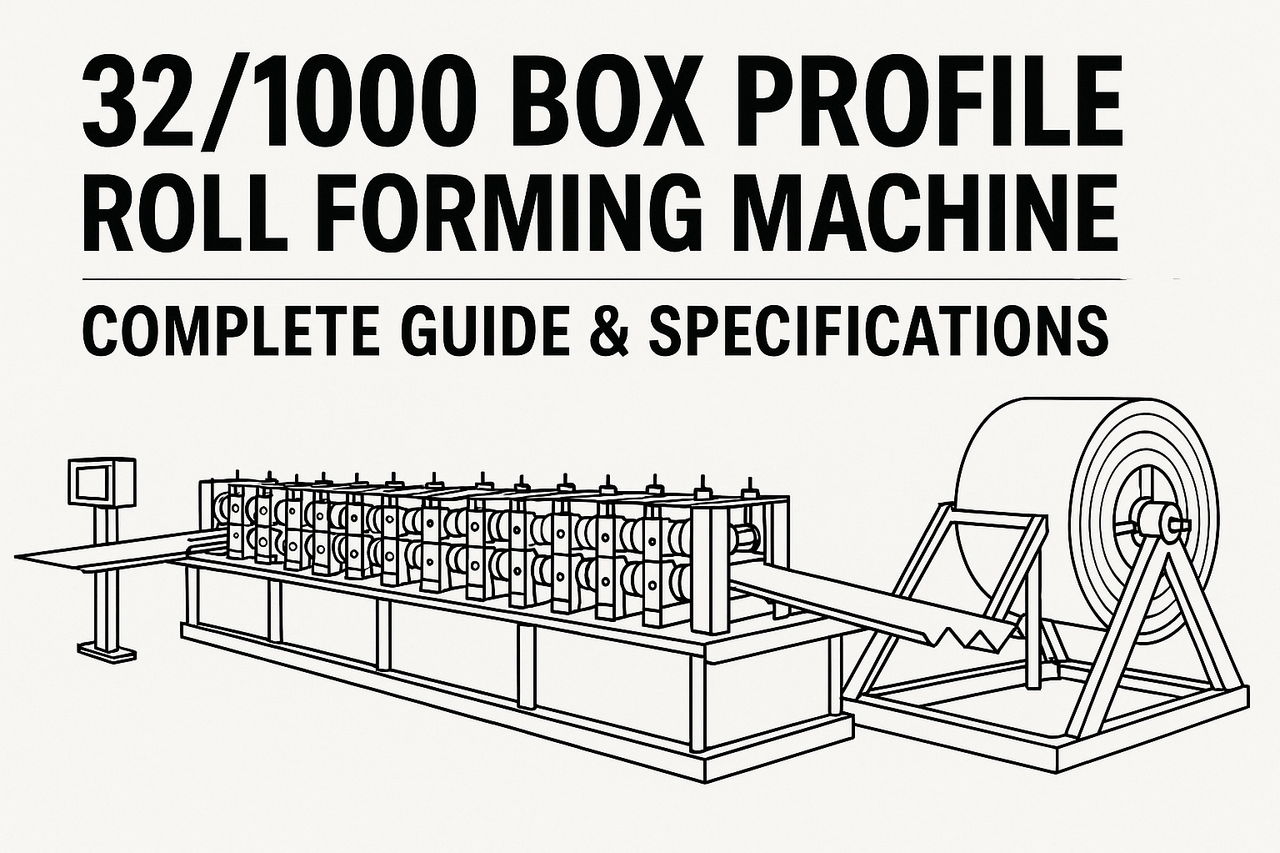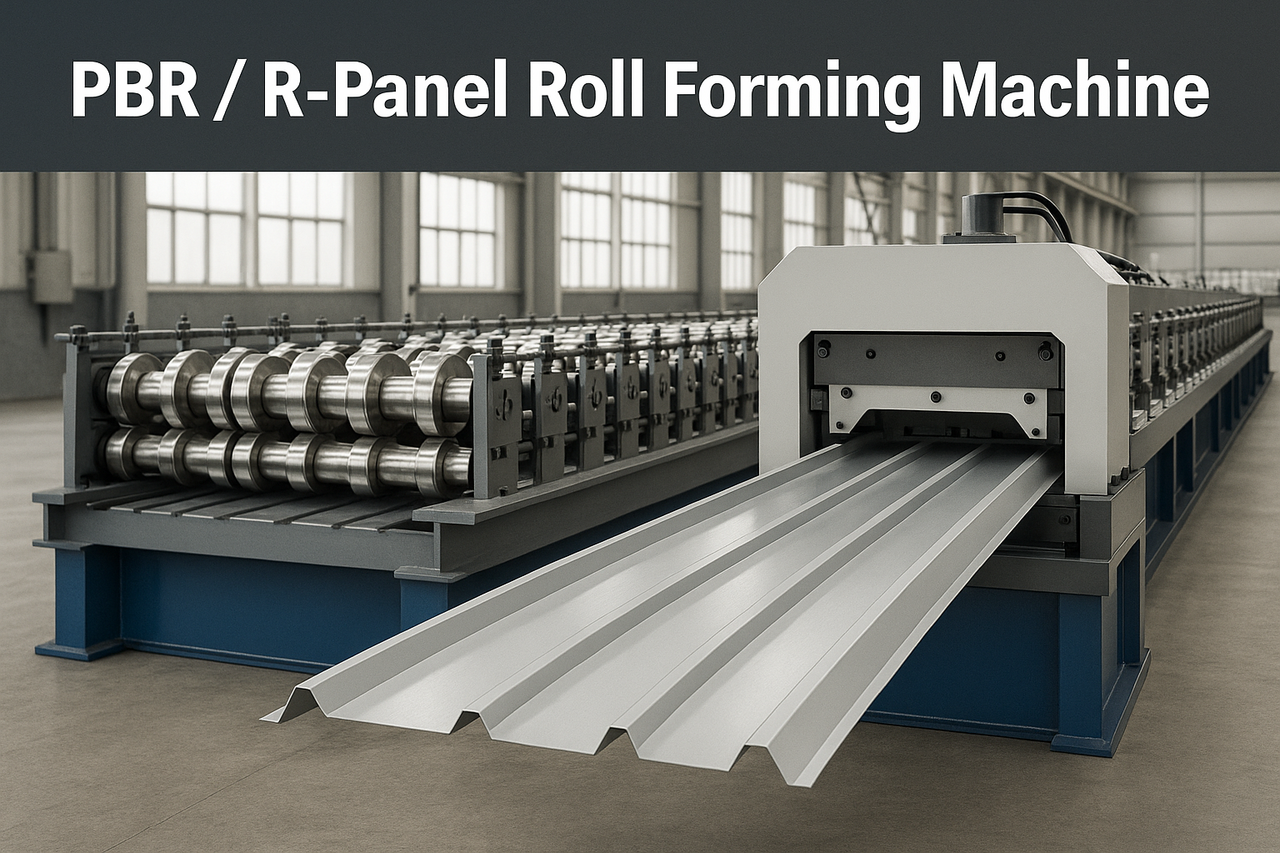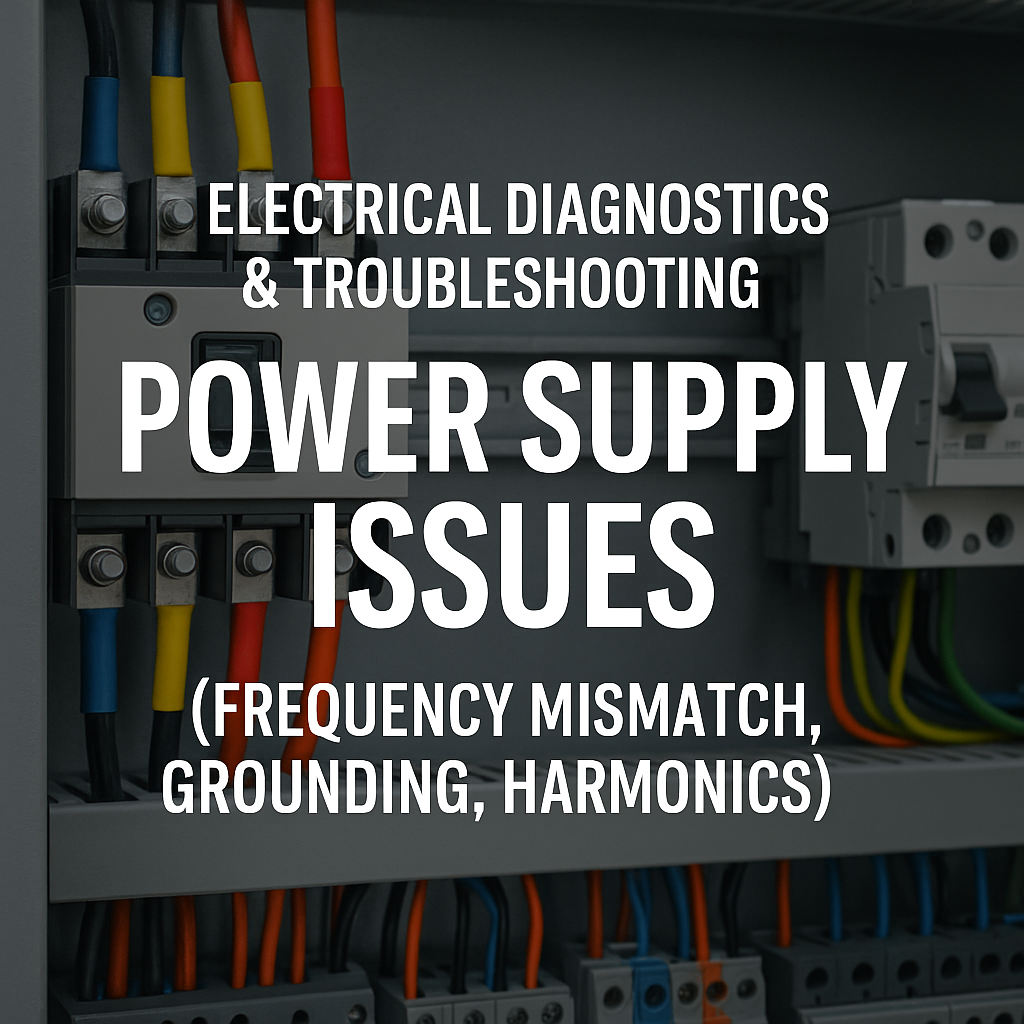Sensors play an integral role in modern roll forming machines by ensuring precision, safety, and efficiency. They monitor critical production parameters such as material alignment, speed, temperature, and thickness while providing real-time feedback to optimize machine performance. This post explores various types of sensors, their applications, and real-world examples to illustrate their impact on roll forming operations.
Types of Sensors in Roll Forming Machines
1. Proximity Sensors
- Function: Detect the presence or absence of materials.
- Applications:
- Monitoring the material feed to prevent gaps or overlaps.
- Ensuring alignment before forming.
- Real-World Example:
- A manufacturer of automotive components uses proximity sensors to verify that high-strength steel sheets are correctly positioned for door beam roll forming, ensuring precise forming without material misalignment.
2. Photoelectric Sensors
- Function: Use light beams to detect objects or material interruptions.
- Applications:
- Detecting the leading edge of coils or sheets.
- Ensuring proper material feeding into the machine.
- Real-World Example:
- In roofing panel production, photoelectric sensors are used to detect the start and end of the material, enabling automated cutting and reducing waste.
3. Laser Sensors
- Function: Provide high-precision measurements using laser beams.
- Applications:
- Thickness measurement of materials.
- Alignment of profiles during forming.
- Real-World Example:
- A construction company producing metal decking profiles uses laser sensors to maintain uniform depth, improving structural integrity in multi-story buildings.
4. Temperature Sensors
- Function: Monitor critical temperature points in the process.
- Applications:
- Prevent overheating of rollers, motors, or hydraulic systems.
- Protecting temperature-sensitive coatings during forming.
- Real-World Example:
- In the production of painted metal sheets, temperature sensors help maintain consistent coating quality by ensuring rollers stay within specified temperature limits.
5. Speed Sensors
- Function: Monitor and control the speed of rollers.
- Applications:
- Synchronizing motor speeds for smooth material feeding.
- Avoiding damage from mismatched speed settings.
- Real-World Example:
- In gutter roll forming, speed sensors are crucial for synchronizing material feed with cutting operations, ensuring consistent gutter lengths.
6. Force/Torque Sensors
- Function: Measure applied force or torque.
- Applications:
- Detecting material inconsistencies during forming.
- Preventing tool or roller damage.
- Real-World Example:
- A heavy-gauge roll forming machine for guardrails uses force sensors to adjust roller pressure, accommodating variations in material thickness without operator intervention.
7. Position Sensors
- Function: Track the position of moving parts.
- Applications:
- Ensuring roller alignment during profile adjustments.
- Accurate cutting and punching system operations.
- Real-World Example:
- In light gauge steel framing machines, position sensors enable automatic roller height adjustment for profiles of varying sizes.
Benefits of Sensors in Roll Forming Machines
- Enhanced Precision
- Sensors ensure consistent profiles by providing real-time data for adjustments.
- Example: Laser sensors in a snap-lock standing seam machine help maintain precise dimensions for roofing panels.
- Improved Safety
- Sensors prevent accidents by detecting anomalies like misaligned sheets or overheating components.
- Example: Temperature sensors in hydraulic systems of vineyard post machines avoid system failures during high-demand operations.
- Increased Efficiency
- Automated feedback reduces manual interventions.
- Example: Proximity sensors streamline production by ensuring uninterrupted material feed in drywall roll forming machines.
- Reduced Waste
- Early detection of defects minimizes scrap rates.
- Example: Photoelectric sensors in PBR panel production ensure accurate cuts, reducing offcuts and material wastage.
Case Study: Sensors in Highway Guardrail Roll Forming
Company: GuardSecure Industries, USA
Challenge: Maintaining high-speed production while ensuring profile consistency for guardrails.
Solution:
- Sensors Used:
- Laser sensors for precise thickness measurement.
- Force sensors for maintaining consistent roller pressure.
- Photoelectric sensors for detecting material misfeeds.
- Results:
- Reduced waste by 15%.
- Increased production speed by 20%.
- Improved product quality, meeting stringent DOT standards.
Future Trends in Roll Forming Machine Sensors
- IoT Integration
- Remote monitoring and predictive maintenance using real-time sensor data.
- AI and Machine Learning
- AI analyzes sensor inputs to predict potential failures, improving uptime.
- Miniaturization
- Compact sensors allow for more precise and non-intrusive measurements.
FAQs: Sensors in Roll Forming Machines
Q1: How do sensors reduce downtime in roll forming machines?
A1: Sensors provide early warnings for issues like misfeeds, overheating, or misalignment, enabling quick corrective actions and minimizing machine stoppage.
Q2: Can sensors be retrofitted to older machines?
A2: Yes, many sensors can be added to existing machines to enhance performance, but compatibility and control systems must be considered.
Q3: What industries benefit most from advanced sensor integration?
A3: Industries like automotive, construction, and energy, which demand high precision and efficiency, benefit significantly from advanced sensors.
Conclusion
The integration of sensors in roll forming machines has revolutionized the industry, offering unparalleled precision, safety, and efficiency. Real-world applications demonstrate their critical role in enhancing production while reducing costs. As sensor technology advances, roll forming processes will become even more intelligent and automated, driving the industry forward.



